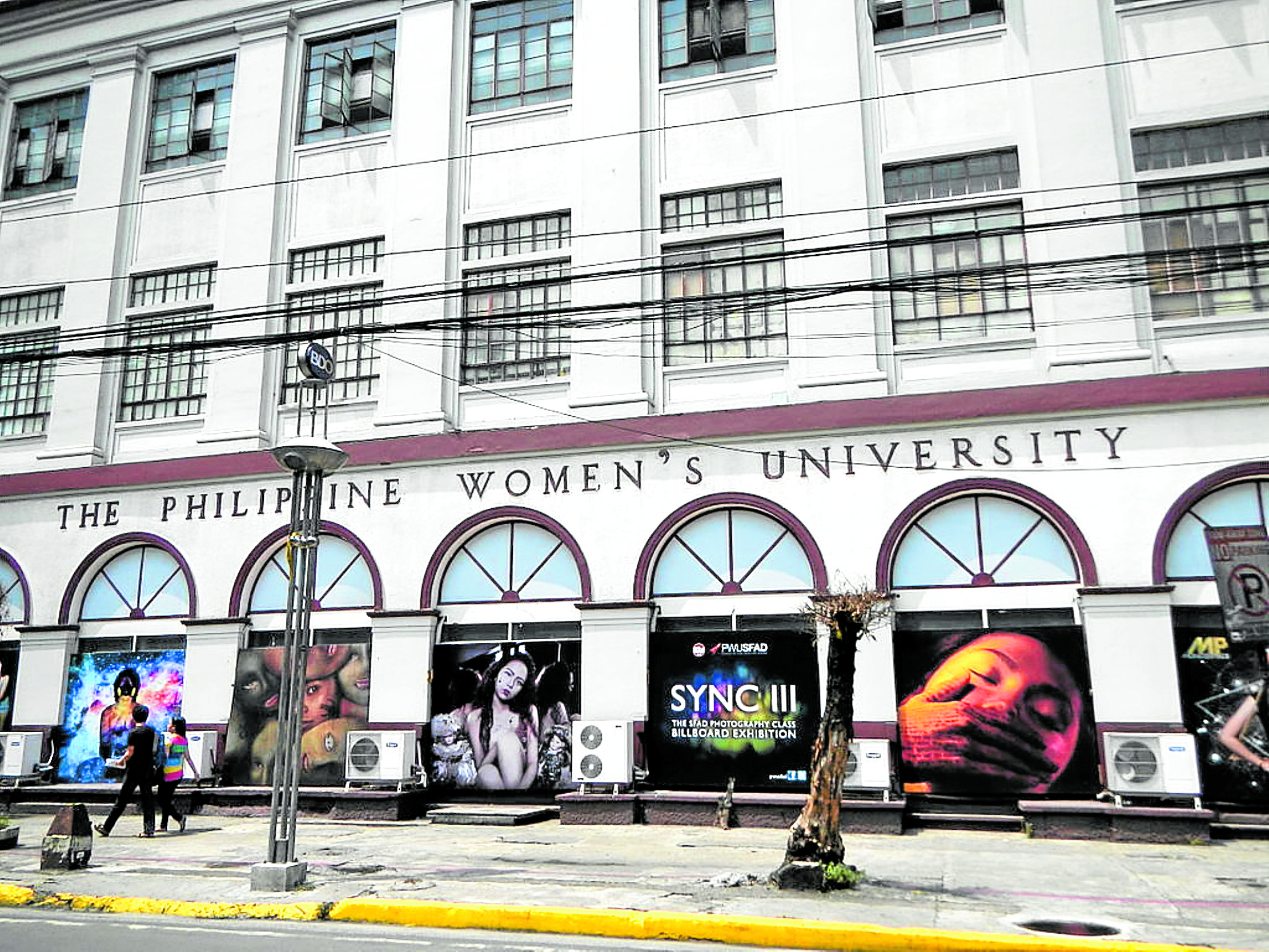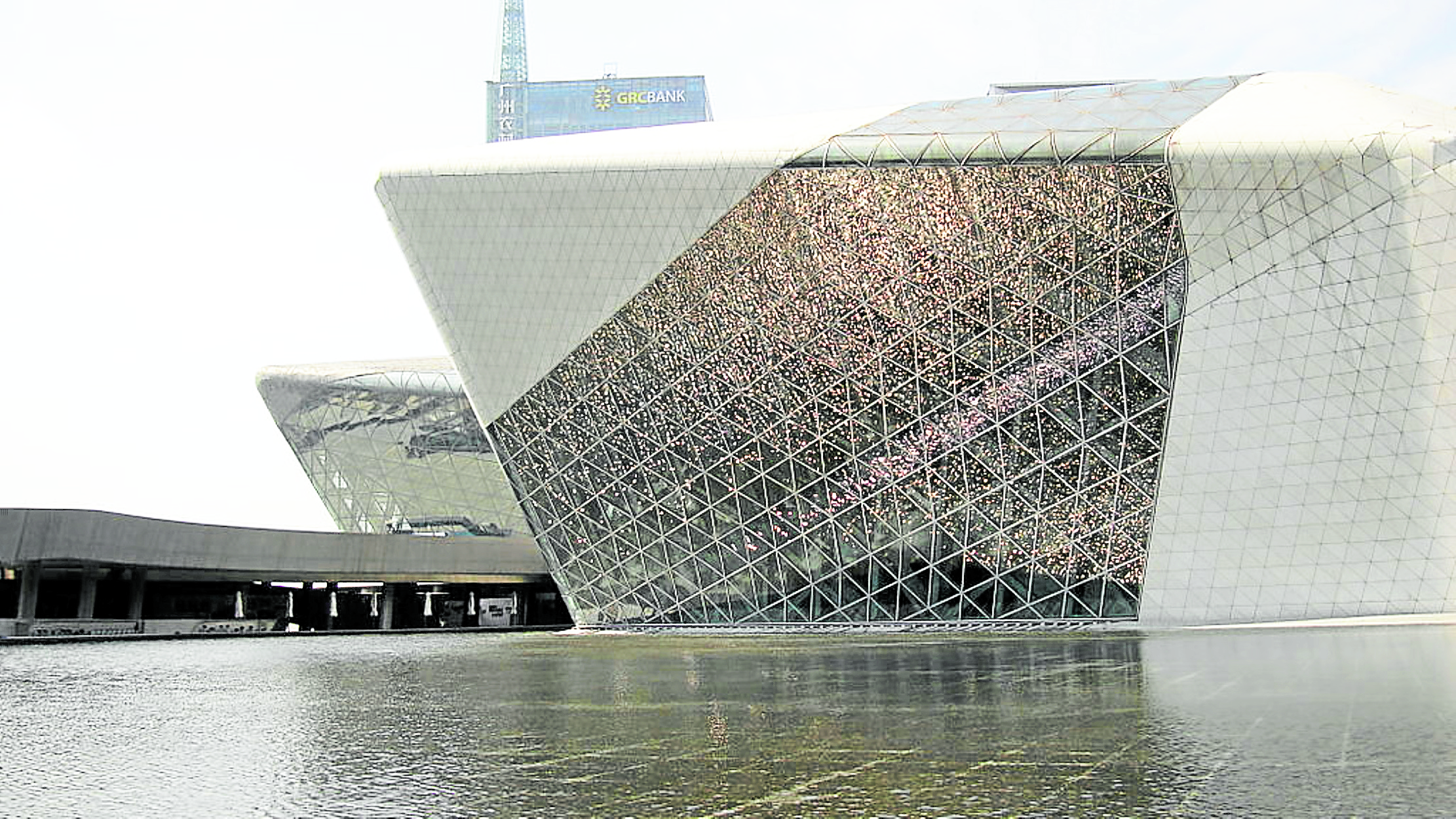The female frontier
Architecture is one of the industries often dominated by men. Throughout history, however, women have proven themselves fit for the field through various projects. Today, buildings all over the world bear witness to these women’s skills and talents, breaking barriers and defying odds.
As women’s month draws to a close, let us pay homage to the structures here and abroad created by women. These edifices tell us that women are just as capable as men, even during the times when they faced major discrimination and misogyny.
Weston Park
Born in a period when women weren’t even allowed to visit construction sites, Lady Elizabeth Wilbraham is considered a pioneer among her peers. She is credited for helping rebuild 18 churches after the Great Fire of London in 1666 and for tutoring Sir Christopher Wren, one of London’s most esteemed architects in history. According to historian John Millar, the Lady is the first known woman architect, though this idea finds detractors among many architectural historians. Weston Park, her home, is believed to contain many of her uncredited works.
While women were prohibited to become architects in 17th century London, she is believed to have designed about 400 buildings. St. Andrew’s Church, Weston-under-Lizard, one of the buildings in Weston Park, is described as “an enterprise of Lady Wilbraham” by the Pevsner Architectural Guide books.
While we may never know the full extent of Lady Wilbraham’s work, she definitely played a part in shaping the architectural history of her time. And although she was not formally recognized as a builder during her time, her interest in architecture certainly influenced many of her era’s built works.
Waterloo Bridge
Though it was popularly known as the “Ladies’ Bridge” among locals, it wasn’t until recent times that the female workers behind Britain’s Waterloo Bridge got the recognition they deserve since World War II.
Originally built in 1817, the Waterloo Bridge was a vehicular and pedestrian bridge crossing the River Thames. In 1934, the old bridge was torn down to make way for a more durable overpass. As WWII was in its early stages during this period, the number of male workers that could work on the bridge was dwindling down. From 500 men working on the bridge in 1939, only 50 male workers were accounted for in 1941.
To make up for this labor shortage, women were hired. According to the U.K. group Women’s Engineering Society, approximately 350 women were hired to complete the Waterloo Bridge. These female workers did welding onsite, among other tasks.
While verbal accounts attested to the role women laborers played during the bridge’s construction, it was only in 2015 that their efforts were recognized in the Bridge’s written record. This was due to the efforts of the historian Christine Wall who discovered photos of female welders at work on the Waterloo Bridge. After several decades, the Ladies’ Bridge finally recognized the women that built it.
The London Eye
Considered an exceptional landmark of modern Britain, the London Eye is located on the South Bank of the River Thames in London. Designed and built by the husband-and-wife team of Julia Barfield and David Marks, this wheel-like structure is considered the most popular paid attraction in the United Kingdom.
Barfield and Marks first conceptualized the London Eye through a public design competition held by the Architecture Foundation and Sunday Times. While they didn’t win the contest, the couple had so much faith in their idea that they took out a mortgage on their house in order to see it realized. Costing £85 million, the attraction was supposed to be a temporary installation to be demolished after the five-year lease contract was up. Due to its popularity, however, it was granted permanent status in 2002 by the Lambeth Council.
Besides being an architect, Julia is considered a social activist as she aims to improve people’s lifestyles through good design. In an interview with the RIBA Journal, she says that sexism in architecture still exists every day but she has never found it to be a barrier. Though created by a husband-and-wife duo, the London Eye represents the unbeatable willpower of a woman wishing to change the urban landscape for the better.
Guangzhou Opera House
Designed by the “Queen of the Curve” Zaha Hadid, the Guangzhou Opera House is one of the biggest theatres in Southern China. It marks a major triumph for women architects as it saw Hadid’s firm beat out the likes of Rem Koolhaas and Coop Himmelb(l)au in an international design competition.
The design of the theater reflects its immediate context as its structures resemble river pebbles. The structure seamlessly blends concrete, metal and gypsum to represent the dynamics of erosion and fluidity. According to Hadid’s firm, the Opera House combines the cultural traditions and future ambitions of Guangzhou.
Besides the Guangzhou Opera House, Hadid is also known for designing the Vitra Fire Station, MAXXI Museum and Riverside Museum. She was the first woman to receive the Pritzker Architecture Prize in 2004.
Philippine Women’s University

The Philippine Women’s University was established by seven
Filipinas who fought for women’s rights during the early
20th century.
Its name itself suggests the significant role it played in advocating women’s rights in the Philippines. The history of the Philippine Women’s University began in 1919, when seven women led by educator Francisca Tirona Benitez founded Philippine Women’s College. At a time in our country when women weren’t even allowed to vote yet, the college’s goal was to prepare women for “life service and leadership.”
Initially offering primary and secondary education, the school eventually offered college courses such as education, commerce and philosophy. In the 1960s, it began to attract foreign students from other parts of Asia. Over time, the school gained more recognition, especially with its establishment of a school dance troupe called the Bayanihan Philippine Dance Company which was formally designated as the country’s national folk dance company via Republic Act No. 8626.
Today, the Philippine Women’s University represents more than an edifice of education. It represents the numerous years Filipinas strived to be recognized and respected in fields once made exclusive to men.
Sources:
atlasobscura.com; ribaj.com; Marksbarfield.com; Ramon F Velaszuez, Bs0u10e01, Mr a, and Colin via Wikimedia Commons; https://www.pwu.edu.ph; https://www.zaha-hadid.com; https://www.archdaily.com




















